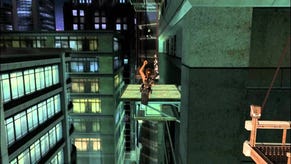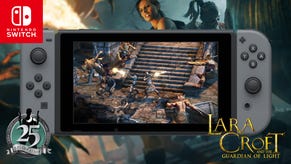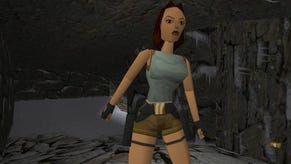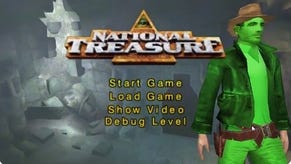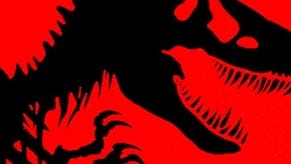Tomb Raider: Anniversary
Better late than never.
Stick to the plan
Another thing all long-term Lara fans will be grateful for is that Crystal Dynamics resisted the temptation to shoehorn in all manner of unnecessary extras, such as more combat or extra narrative sequences as some sort of concession to modern trends. In terms of atmosphere, the team has recaptured the hopeless isolation of a lone explorer, carefully exploring its complex innards with wit and athleticism. It's a deliberately lonely game, with only the odd bear, bat, or lion to do battle with, and it's all the better for sticking to the platform puzzling elements for the most part. The best Tomb Raider games always used combat sparingly, and that ebb and flow between painstaking gymnastics and taking out some giant mythical beast gave the game a wonderful quiet-loud-quiet dynamic.
The one major concession to modern Quick Time Event (QTE) trends, unsurprisingly, doesn't really work that well. Every major game under the sun seems to have them, presumably because they allow developers to pull off really dramatic action sequences with crazy camera angles without the need to worry about control nuances. By simply reducing player input to a series of Simon-Says button presses, anything's possible in the world of interactive cut-scenes. The problem with them in Tomb Raider: Anniversary is that not only are they brainlessly easy to follow, they reduce some of the most iconic sequences in gaming history (in particular, the discovery of the T-Rex) to a series of button presses. The action that follows the QTEs often makes up for this tedious approach to framing the action, but we can't be the only people to see them as a negative addition to the series. It is perhaps just as well they represent a tiny fraction of the game, then.
Another modern addition that does work reasonably well are the Rage Attacks. Basically, when enemies get pissed off at Lara shooting at them, they charge at her in earnest - but for a split second the screen blurs and allows you to perform an Adrenaline Dodge by hitting the left stick in any direction and hitting B when prompted. If you pull it off, you go into slow motion, and two targeting reticules appear from opposite sides of the screen. If you time your shot at the point of their convergence, you can pull off a headshot and take off an even bigger chunk of damage than usual. Quite often, these tactics become absolutely essential during boss encounters, and add a palpable degree of skill and tension to these already fairly dramatic sequences. Put it this way, compared to some of the frankly dire 'circle-strafe and fire' boss sections in Legend, the ones in Anniversary are leagues ahead in variety and execution. Evidently someone was listening.
Curtain twitcher
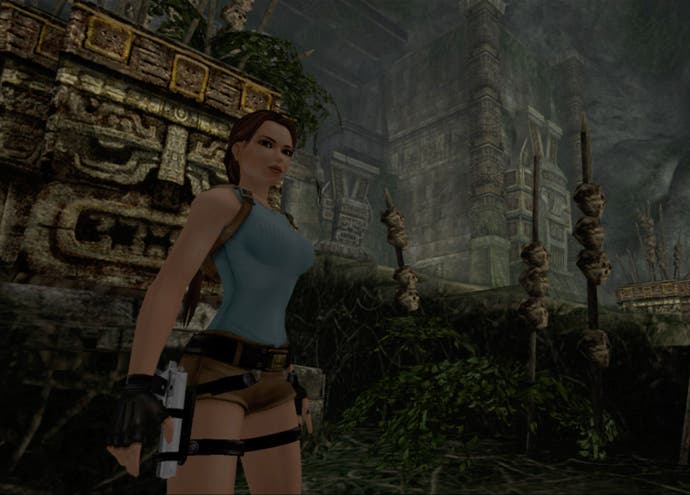
As for the more sedate portions of the game, as we keep saying, Anniversary is generally a hugely absorbing exercise in poking your nose in where it's not wanted...retrieving odds and sods, bits of broken mechanisms, and giving a big switch a big yank when it's all done to open up another big door to another dusty, ornate, deadly tomb. It might well be the least original blockbuster game released all year, but with big, lonely, platform-action adventures now curiously out of fashion, it feels fresh by virtue of being different to almost everything else cluttering up the shelves.
Unfortunately, as with Tomb Raider Legend, the game goes briefly off the boil towards the end - as if playtesting efforts perhaps weren't quite as focused on the climax as they might have been. How else do you explain the patently ludicrous difficulty spike that spoils the penultimate level? Admittedly, a smallish percentage will ever get to that point on level 13 to ever reach the painfully exacting sequence of wall runs and jumps and winged demon fighting that we refer to, but it takes the shine off what is, until that point, one of the most satisfying and enjoyable games of the whole year.

Of course, one added incentive to see the game through on the 360 is the curious added lure of Achievement points. But however much of an achievement it might be to get through some of these fiendish levels, Anniversary is probably the most tight-fisted 360 game since FEAR, and will require a serious investment of time to prize those 1000 points from its cold dead hands. Unlike Legend, you don't just get points for merely finishing levels, but actually have to find all the artefacts in any given level to even qualify. Further punishment is meted out on players by ensuring that extracting the rest relies on hugely taxing 'speed runs' - which is, obviously, the complete opposite approach to scouring for treasure. If you play it normally - i.e. taking your time finding treasure, but probably not being thorough enough, you'll end up with barely any points at all. Replay value or just being mean?
For the price, and for the quality of offer, Tomb Raider: Anniversary is easily one the best games released all year. Blessed with an excellent control system and chock full of masterfully designed levels, as far as puzzle-based action adventures go, there have been none finer for years. Sure, it's only a PC port, and doesn't have the lavish production values of the biggest titles currently out there. But if you can get beyond such trifling gripes, you'll find a game rich with intrigue and as satisfying a set of challenges you could ever wish for. Now, let's have a proper next-gen Lara game, please Eidos.

